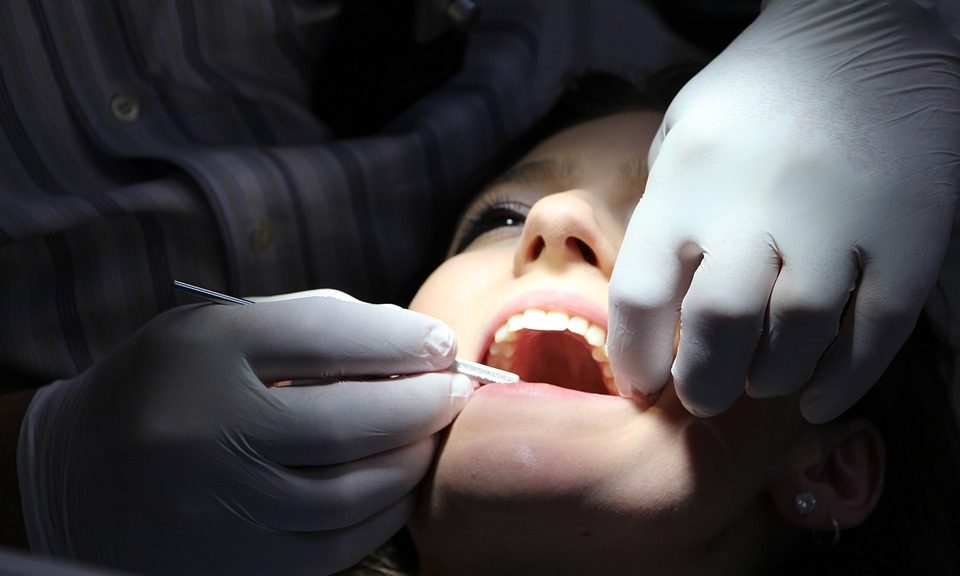You have probably heard of gingivitis before, but you might not know precisely what it is. Gingivitis, a mild form of gum disease, is a bacterial infection that causes inflammation of the gums around the base of your teeth due to a buildup of plaque and bacteria. It can lead to more severe health risks like Periodontal Disease down the road if untreated. So, how do you know if you have gingivitis and need treatment? Let’s go over the four signs that you might be suffering from gingivitis.
- Bleeding Gums – If your gums bleed during and/or after brushing or flossing, you might have gingivitis. If you don’t floss daily and decide to start, your gums will probably bleed a bit. However, excessive bleeding is a reliable indicator and you should call your dentist right away if you have noticed this symptom, especially if you floss and brush daily.
- Tender, Bright Red, or Purple Gums – The bacterial infection can cause the gums to become irritated, causing tenderness and sometimes a bit of pain. Additionally, if your gums are bright red or purple, that’s not a good sign. Take a look at the coloration of your gums in proper lighting to determine if this symptom is present. Extreme tenderness or unusual coloration of the gums are clear signs of gingivitis.
- Halitosis – Halitosis, better known as bad breath, can indicate that you have gingivitis. The bacterial infection causes a buildup of bacteria in your mouth, creating a sulphuric odor. You should notice a difference between typical morning breath and the bad breath that occurs when you have gingivitis. Halitosis can happen for several reasons, so you should pay close attention to other symptoms.
- Receding or Soft Gums – Receding gums is another sign of gingivitis. The massive plaque buildup damages the gums, causing you to lose the healthy gum tissue. More of your teeth will show, and you’ll notice your gums have “shrunk.” Additionally, soft gums indicate gingivitis. The gums become soft and weakened due to the bacterial infection.
If you have experienced one or a combination of these symptoms, call our office today to schedule an appointment. Remember, taking care of problems now can save you from a more advanced gum disease that can cause significant health risks. To treat gingivitis cases, we offer a deep cleaning procedure and can discuss other options to maintain healthy gums.








